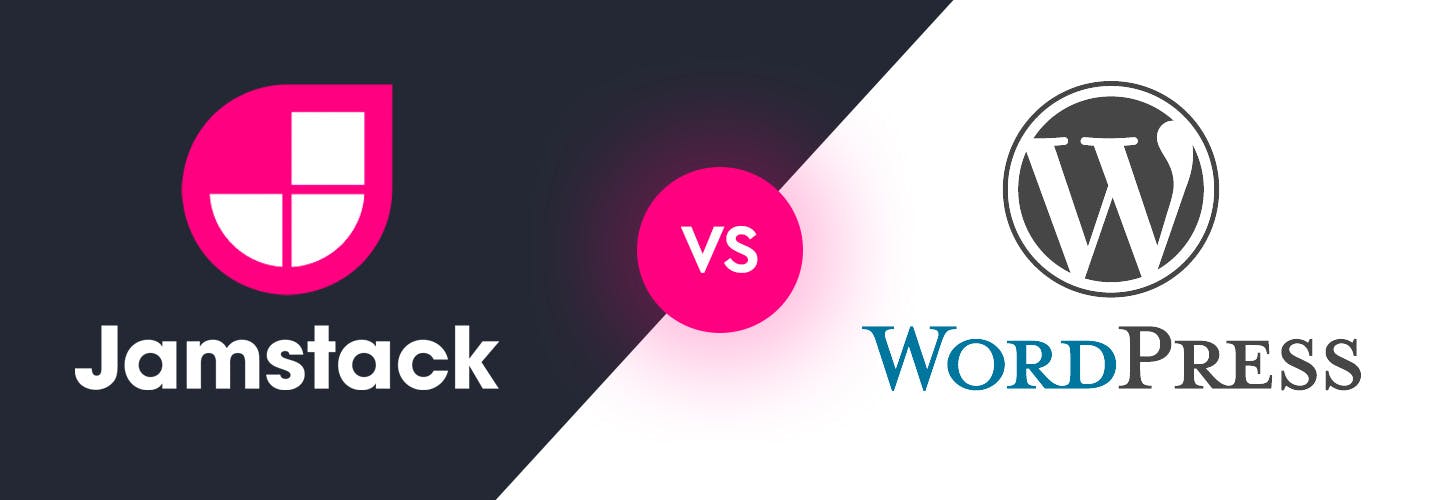WordPress: The Pros and Cons
Technically speaking, WordPress uses a LAMP stack for web development based on Linux OS, Apache HTTP Server, MySQL database, and PHP. It follows a monolithic approach where the content (The Data) is hosted in the same place (The Server) as the website front (The Code). It is considered open-source technology, which means anyone can use it for free.
Pros:
- User-Friendly
WordPress is renowned for its user-friendly interface, making it accessible to individuals without advanced technical skills. - Extensive Plugins
The vast library of plugins offers a wide range of functionalities, from SEO optimisation to e-commerce solutions. - Themes and Templates
WordPress offers a diverse collection of themes and templates, allowing you to create a visually appealing website quickly. - Content Management
Content management in WordPress is straightforward, making it easy to publish and edit content.
Cons:
- Security Vulnerabilities
WordPress is a frequent target for hackers, making it essential to keep plugins and themes up-to-date for security. - Performance Issues
As your site grows, performance can suffer, leading to slow loading times. - Updates and Maintenance
Frequent updates and maintenance are necessary to keep your site secure and functioning correctly, which can be time-consuming. - Limited Scalability
Scaling a WordPress site can be complex and costly, especially for high-traffic or enterprise-level websites.
JAMstack: The Pros and Cons
JAMstack is a modern web development architecture based on JavaScript, reusable APIs, and Markup. It follows a decoupled approach, meaning the website front (The Code) is hosted in a CDN (The Cloud Network), completely separate from the content (The Data). This means the website content can come from multiple sources and integrations, and the data itself can feed a variety of recipients, like other websites or applications.
Pros:
- Blazing Speed
JAMstack websites are incredibly fast because they are pre-built with all the dynamic content and provided as static files from CDNs (Content Delivery Network), reducing load times. - Enhanced Security
JAMstack sites are less vulnerable to attacks due to their static nature, reducing the need for constant security updates. - Scalability
JAMstack websites can easily scale to handle high traffic, thanks to their architecture's simplicity and separation of concerns. - SEO Advantages
Search engines love fast, well-structured websites. JAMstack's inherent performance benefits and speed, make it easier for search engines to crawl and index your content, improving your SEO ranking. - Lower Maintenance and Server Costs
JAMstack websites usually require less ongoing maintenance. No need to constantly update plugins and new versions of the software. Also, because it is delivered as static files (much smaller) it does not require heavy servers or providers, cutting hosting costs.
Cons:
- Steeper Learning Curve
JAMstack may require a learning curve for those unfamiliar with the architecture and tools involved. - Dynamic Features
Developing dynamic features like comments or real-time notifications may require additional work and third-party services. - Limited Built-in CMS
JAMstack often requires integrating a headless CMS for content management, which can add complexity. - Initial Setup
Setting up a JAMstack site may take longer compared to the speed of a WordPress installation.
The Choice Is Yours
Ultimately, the choice between WordPress and JAMstack depends on your specific needs, goals, and technical expertise. WordPress is an excellent choice for smaller websites with straightforward requirements and a user-friendly interface. On the other hand, JAMstack shines when you need speed, scalability, SEO and enhanced security for your site.
Ready for a Website Audit?
If you're still unsure which platform is right for you, or if you already have a website and want to optimise it, we're here to help. Get a FREE website audit from our experts to determine how you can improve your online presence, whether you're considering JAMstack, WordPress, or any other platform. Contact us today to get started on your path to a faster, more secure, and scalable website. Your digital success is just a click away!
